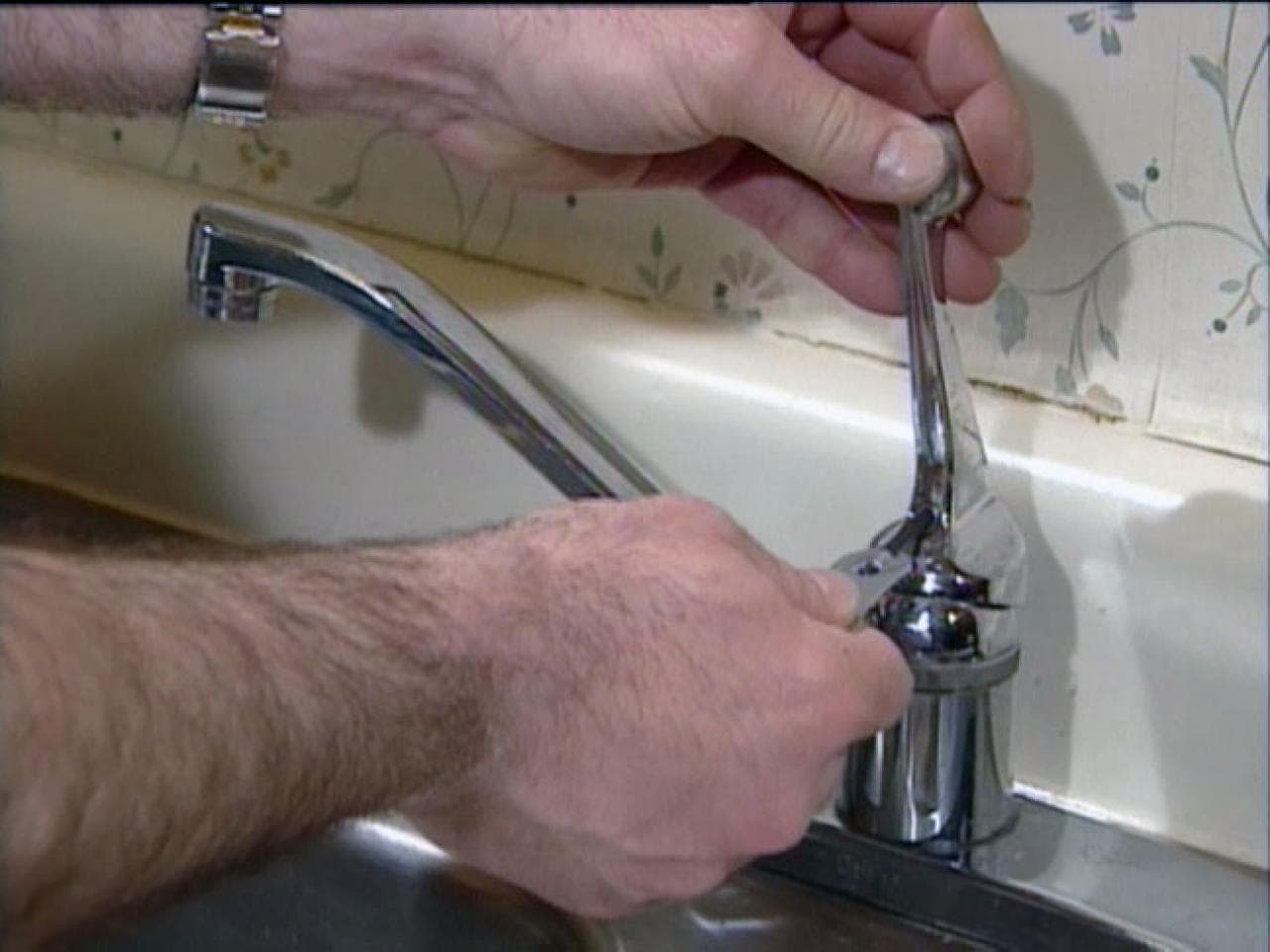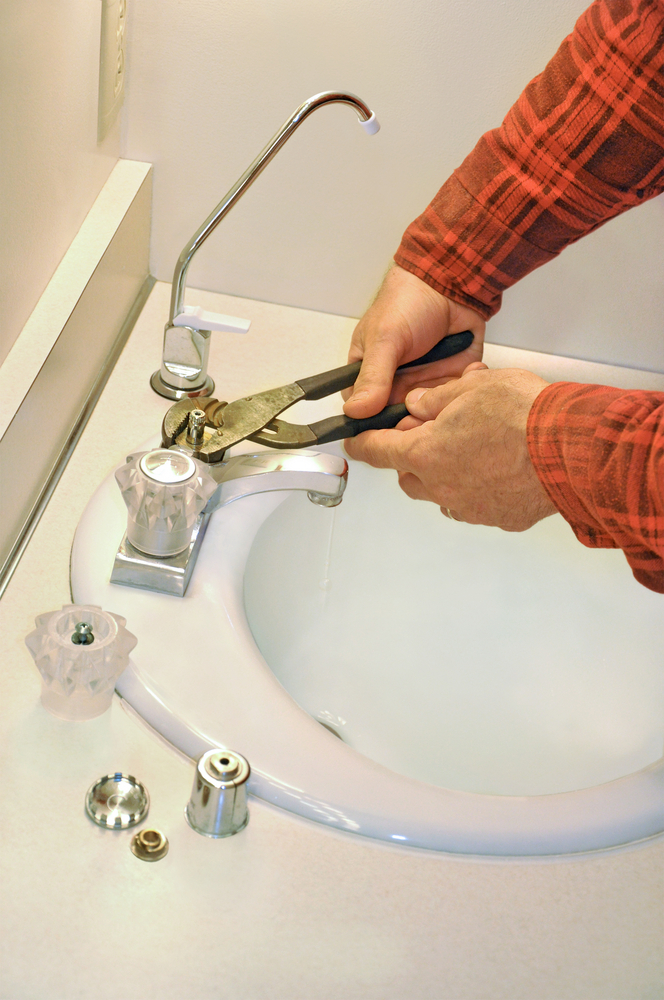How It's Important to Deal with a Leaking Faucet
How It's Important to Deal with a Leaking Faucet
Blog Article
Listed here underneath you can find a bunch of worthwhile guidance all about Water Dripping from Faucet: Why and How to Fix.

Trickling faucets might seem like a small trouble, however their impact surpasses just the nuisance of the sound. From drainage to incurring unnecessary economic expenses and health dangers, overlooking a trickling tap can bring about numerous effects. In this post, we'll delve into why it's vital to address this usual home problem immediately and successfully.
Wastage of Water
Environmental Influence
Leaking taps contribute dramatically to water waste. According to the Environmental Protection Agency (EPA), a single faucet trickling at one drip per secondly can squander more than 3,000 gallons of water annually. This not only strains water sources however also impacts communities and wild animals dependent on them.
Financial Prices
Boosted Water Costs
Beyond the ecological influence, dripping faucets can pump up water bills significantly. The gathered wastefulness with time converts right into greater energy costs, which might have been stayed clear of with prompt repair services.
Prospective Home Damage
Furthermore, extended dripping can cause damage to fixtures and surface areas surrounding the tap. Water accumulation can trigger staining, deterioration, and even structural concerns if left unattended, resulting in added fixing prices.
Health Concerns
Mold and Mildew Development
The continuous presence of dampness from a trickling faucet creates a perfect setting for mold and mold growth. These fungi not just compromise interior air top quality however likewise pose wellness risks, particularly for individuals with respiratory problems or allergies.
Waterborne Diseases
Stationary water in trickling faucets can come to be a breeding place for microorganisms and various other pathogens, raising the threat of waterborne diseases. Pollutants such as Legionella microorganisms thrive in stagnant water, possibly leading to severe health problems when consumed or breathed in.
Do it yourself vs. Specialist Repair service
Benefits and drawbacks of DIY Repair
While some may try to fix a trickling tap themselves, DIY repairs feature their own collection of challenges. Without proper expertise and tools, DIY efforts can worsen the problem or cause insufficient repair work, prolonging the issue.
Benefits of Hiring an Expert Plumber
Employing a specialist plumber guarantees that the underlying source of the trickling faucet is attended to effectively. Plumbing professionals possess the know-how and devices to identify and fix tap concerns effectively, saving time and reducing the risk of more damages.
Step-by-Step Guide to Dealing With a Dripping Faucet
Tools Called for
Before attempting to repair a leaking faucet, collect the essential tools, consisting of a flexible wrench, screwdrivers, substitute parts (such as washing machines or cartridges), and plumber's tape.
Typical Faucet Issues and Their Solutions
Determine the sort of faucet and the details issue causing the drip. Usual issues consist of worn-out washing machines, corroded valve seats, or malfunctioning O-rings. Describe manufacturer guidelines or on-line tutorials for detailed support on fixings.
Safety nets
Normal Maintenance Tips
To prevent trickling taps, do routine maintenance such as cleaning up aerators, inspecting for leakages, and replacing damaged parts without delay. Furthermore, take into consideration mounting water-saving gadgets or updating to extra effective fixtures.
Significance of Prompt Fixes
Resolving leaking faucets as quickly as they're noticed avoids additional water wastage and potential damages, ultimately saving both water and money in the future.
Impact on Home Worth
Perception of Well-Maintained Property
Keeping a residential property in good condition, including resolving upkeep problems like leaking faucets, improves its viewed value and desirability among potential customers or lessees.
Impact on Resale Worth
Characteristics with well-kept plumbing fixtures, consisting of taps, command greater resale values in the real estate market. Addressing dripping taps can add to a positive impression during residential property assessments and settlements.
Environmental Responsibility
Specific Payment to Conservation
Taking duty for dealing with trickling faucets aligns with wider efforts towards water preservation and ecological sustainability. Every person's actions collectively make a substantial impact on protecting priceless sources.
Sustainable Living Practices
By prioritizing timely fixings and embracing water-saving habits, people contribute to lasting living techniques that profit both present and future generations.
Final thought
Addressing a leaking tap exceeds plain benefit; it's a crucial action toward preserving water, decreasing economic expenses, and protecting health and wellness and residential property. Whether through DIY repair work or specialist assistance, doing something about it to take care of leaking taps is a little yet impactful way to promote liable stewardship of sources and contribute to a healthier, more lasting future.
Why Are My Faucets Dripping (And Can I Fix it Myself)?
Causes of a Dripping or Leaking Faucet
Whether you’re hearing drops of water falling and hitting a sink, or noticing water ooze out from the base of the spout, you shouldn’t ignore a dripping or leaking faucet. And, the good news is, sometimes you can fix the problem yourself.
In this article, we’ll review a few common causes of dripping and leaky. We’ll also walk you through some basic ways to find the problem and handle it without calling anyone — and let you know when to call in a pro.
But, no matter what the cause, or whether you can handle it on your own, the sooner you address it, the better.
Each drip may be a tiny amount of water. But, they all add up quickly. According to the U.S. Geological Survey, one faucet losing one drop every 20 seconds — five a minute — wastes around a liter of water every day, and 173 gallons a year.
Add in more than one in your house, and it’s a lot of water to waste. So, we’ll help you get to the bottom of things quickly.
Four Reasons Your Faucet May Be Dripping
Aerator is Damaged or Unseated Valve Seat is Corroded O Ring is Loose or Worn Out Part of the Assembly is Loose Aerator is Damaged or Unseated
If you unscrew the end of your faucet, you’ll find the aerator. It’s the little stem piece with a screen on it that shuts off the water circulation.
If it’s damaged, or if it’s not sitting right, it will allow water to pass through.
Valve Seat is Corroded
Next is the valve seat, which is connected to the washer. If the washer wasn’t in place correctly, then it could have ground against the seat. Over time, this damages the valve seat.
The problem could also be corrosion: Over time, the part has worn out, and it’s now allowing water to pass through.
O Ring is Loose or Worn Out
Since the o ring is only a small rubber gasket, it’s a common reason why the faucet is dripping. You’ll find it at the base of the faucet, and it’s there to keep water from coming out where it’s not supposed to.
However, it’s common for the o ring to wear out over time. When it does, you’ll notice a drip.
Part of the Assembly is Loose
So far, we’ve looked at a few small, specific parts. But, the problem could be anywhere in the assembly if something’s out of place.
Even if a part isn’t damaged, over time, it may have become loose or dislodged. It could be the parts we mentioned, or the aerator at the tip of the faucet, the stem itself,
Can I Fix a Leaky Faucet Myself?
Depending on the problem, and how handy you are, there’s a chance you can fix a leaky faucet without calling a professional. But, you do run the risk of making the problem worse.
If it’s a small drip, you can certainly try a few troubleshooting tactics. We’ll walk you through them in a moment.
But, no matter what, your first step should be shutting off the water coming into the faucet. You should find a shutoff valve under the sink on the pipes leading to it. Turn each one clockwise until they close tightly.
Next, make sure you have the right tools for whatever you’re attempting. It’s tempting to make do with what you have. But, you need the right ones for a reason: You’re often dealing with small parts that can break if you handle them carelessly.
If you’re feeling confident, here are some places to start.
Items Near the Tip of the Faucet
A few of the parts we mentioned — particularly the valve seat and washer — are located at the tip of the faucet where the water comes out. They’re easy to access, making it a good place to start.
Check the O Ring
To check the o ring, you’ll need to take off the spout at the base. It’s easiest on kitchen sinks with long spouts, versus the smaller, bulkier base on most bathroom sinks.
Either way, this can be tricky, so do it carefully and don’t force anything. If it’s not coming right off, you’re much better off calling in a pro than possibly breaking something.
For a kitchen sink, there’s usually a nut or coupling assembly at the base of the spout. These often slide off easily without using any tools.
Once you’ve disassembled those parts, gently but forcefully twist off the spout.
Then, you can see the o rings. There should be two of the rubber gaskets on the base. If they look worn or damaged, replace them, and see if that solves the problem.

Do you enjoy more info about How to Fix a Dripping or Leaky Faucet ? Put a remark below. We'd be delighted to know your reactions about this post. We are looking forward that you visit us again in the future. Remember to take a moment to promote this write-up if you liked it. We value reading our article about Why It's Important to Fix Leaky Faucets.
Report this page